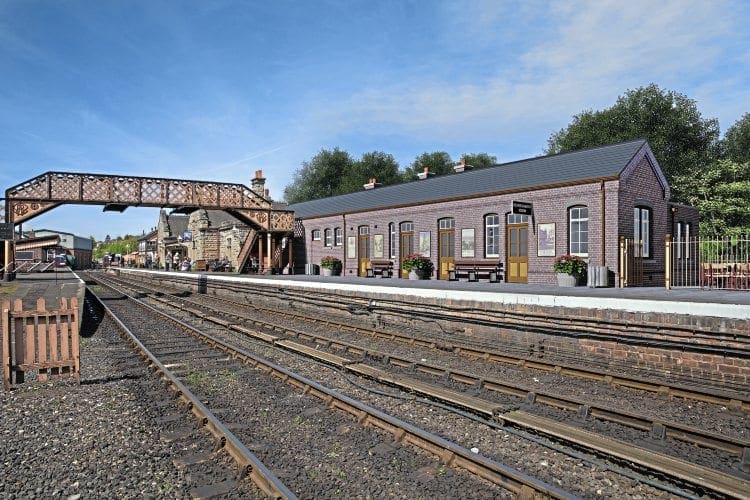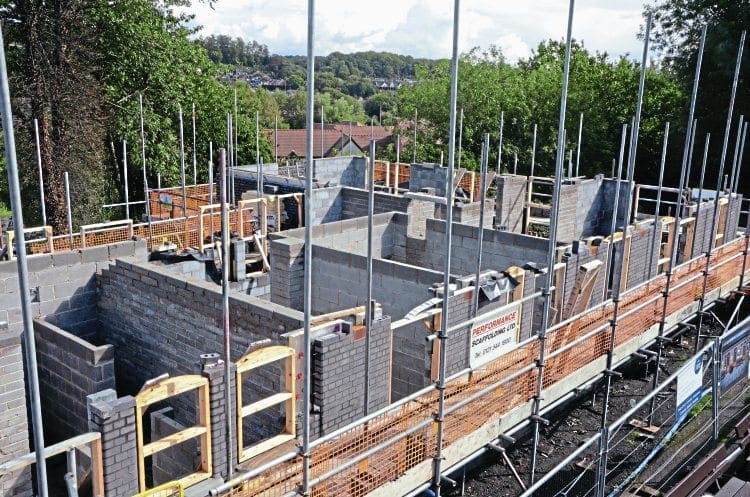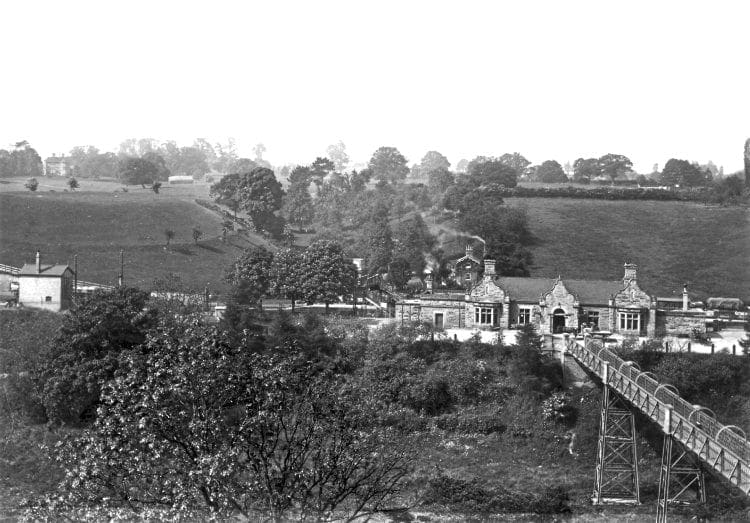Ben Jones visits Bridgnorth to discover how the Severn Valley Railway is investing in new facilities to cope with ever-increasing visitor numbers.

BRITAIN’S railways are busier than they’ve ever been, and our world-class heritage lines are no exception. From miniature railways to extensive standard gauge operations such as the Severn Valley Railway (SVR), more and more people are taking the opportunity to step back in time for a few hours and enjoy the delights of steam trains.
For the most popular lines that presents a huge opportunity, but also a major dilemma.
How do they cater for increasing demand while retaining the nostalgic country atmosphere that draws people there in the first place? By their very nature, preserved railways tend to be located in country areas, on lines that were closed by British Railways because they couldn’t generate sufficient traffic to cover their running costs.
Enjoy more Railway reading in the monthly magazine.
Click here to subscribe & save.

In many cases they were built to serve small towns and villages, seeing a few hundred passengers a week (at most), a few coal wagons for the local merchant and a small goods yard handling agricultural traffic, cattle and milk churns.
Very few, if any, stations on our heritage railways were built to handle the kind of crowds – and lengthy trains – we are increasingly seeing on the busiest lines.
Purists will mourn the changing character of such lines; where a small tank locomotive and two or three coaches would have sufficed in the past, closely matching what would have worked the line in the past, these are no longer able to cope with demand on ‘high days and holidays’.

On the Severn Valley, trains of seven or eight coaches have become the norm – more akin to a main line service than the GWR auto-train or diesel railcar that would have comfortably handled any traffic prior to closure. And while it’s great to see hundreds of people pouring out of a train at Bridgnorth, enjoying their day out, increasing passenger numbers present the SVR with a real headache.
Read more in October’s issue of The RM – on sale now!




